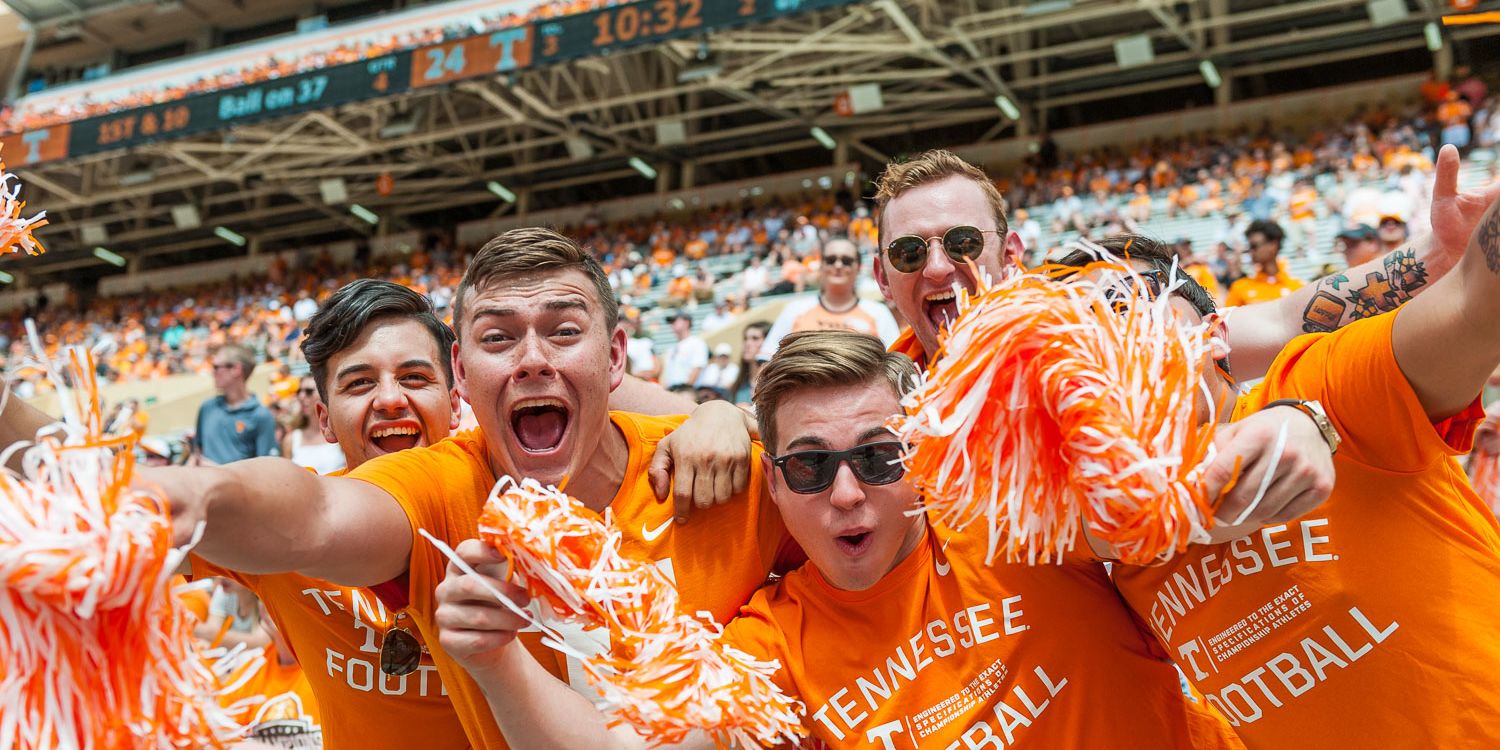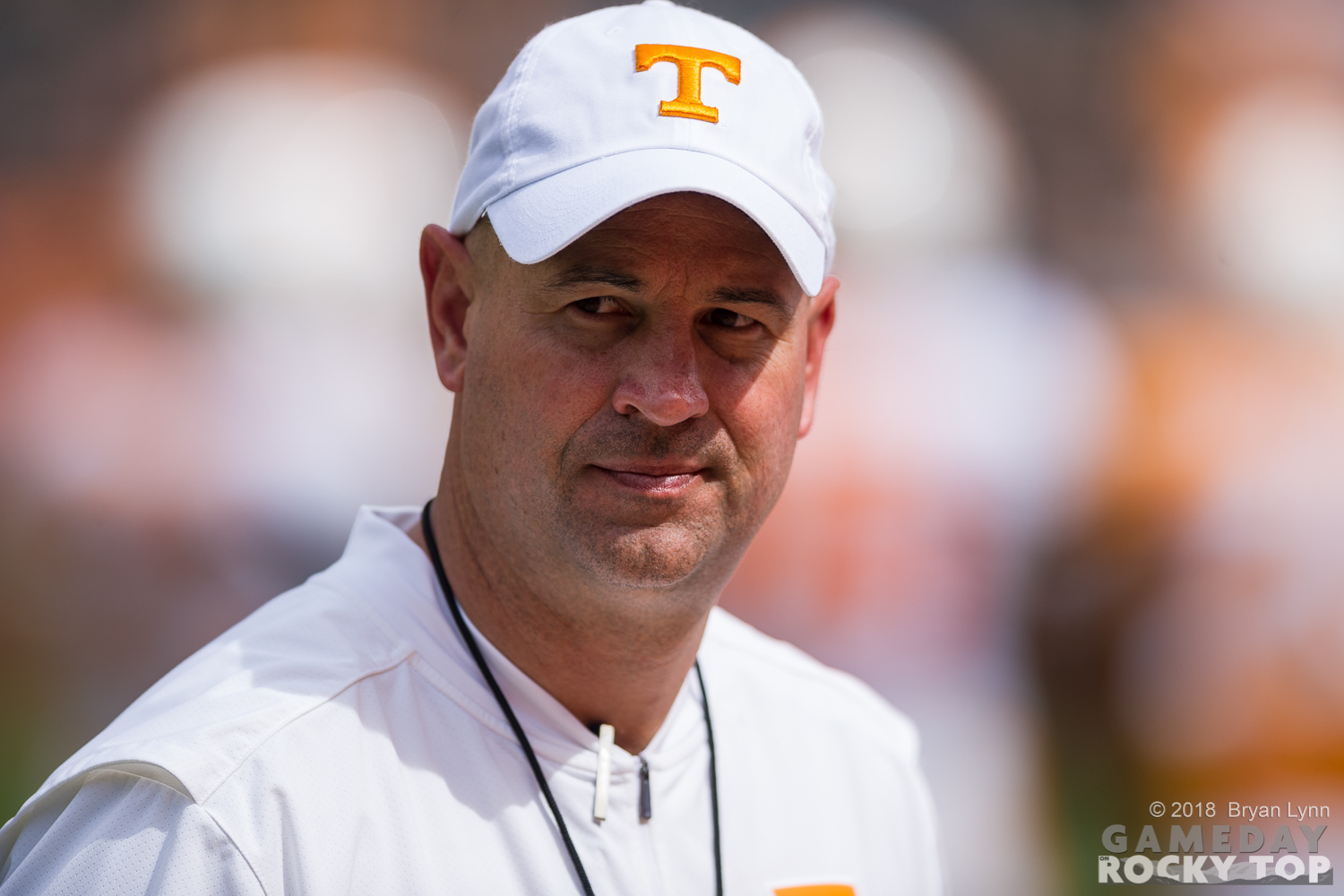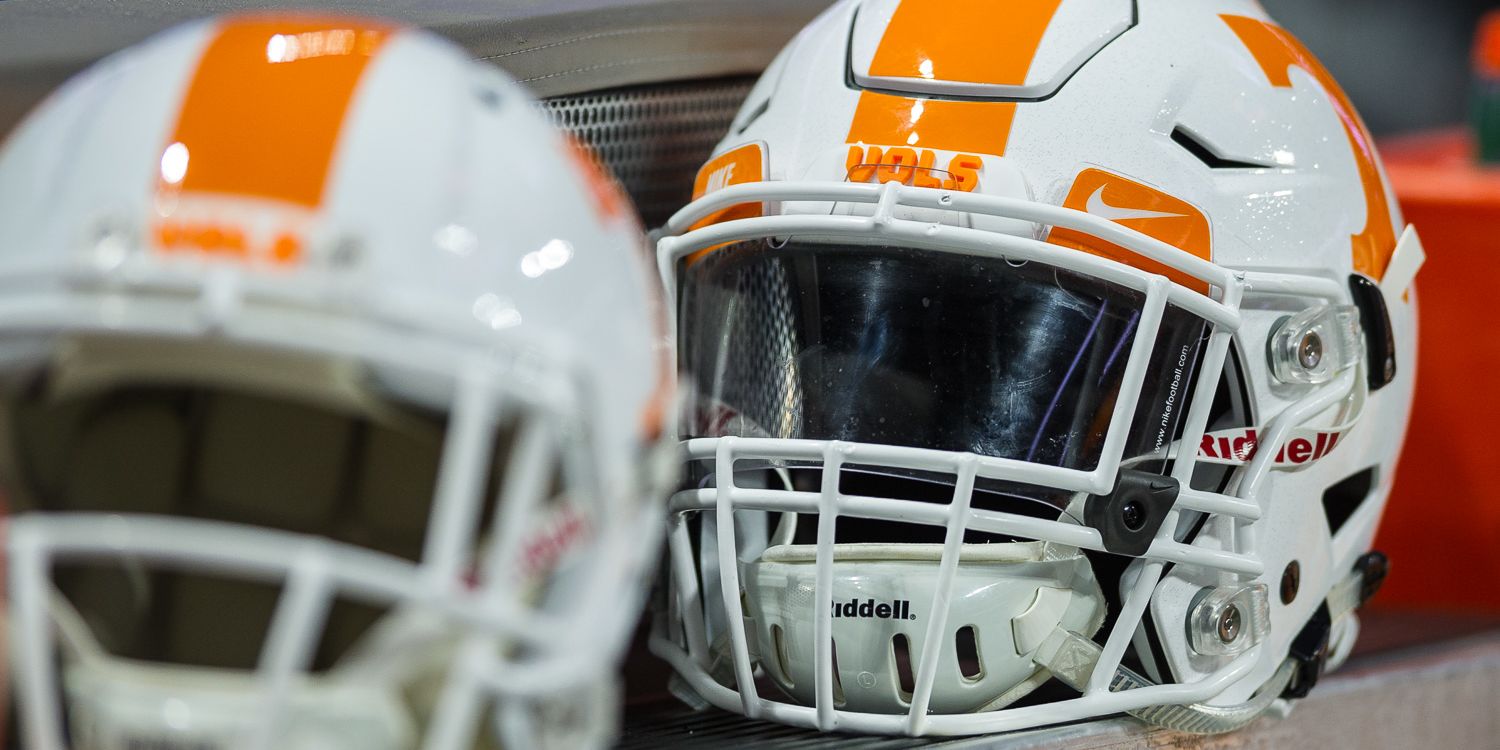Seven wins.
Seven wins is a good year.
That’s what my court-appointed therapist made me say out loud in her office. A bunch. I guess my debts finally caught up to me after I spent all that money on Bristol, non-refundable hotel/airfare to Tampa, and the Vols at 18-1 to win the title three years ago, in addition to my losings last year. Thought I’d double down on the Vols at 16-1 to win the title in basketball back in March. Turns out I was not the first person to start a sentence with, “But your honor, the referees…” in a Knox County courtroom.
So it was either jail, or counseling and a payment plan. I started to ask if they had the SEC Network in jail, but my wife intervened and now I get to talk about my feelings twice a month.
It’s not been all bad. My life has more structure now. That’s another word my therapist makes me say a lot. I started playing basketball again; they think it’s for my health, which is fine. If it’s also for the off chance I run into Ryan Cline at the YMCA, well that’s fine too.
But look, seven wins…I mean, that’d be progress, right? Not losing to Will Muschamp or (Fulmerized) Vanderbilt for the fourth straight year would be progress. Seven wins is what Vegas thinks, and I think at this point it’s clear they’re smarter than me. And if we do win seven and then get the bowl – probably a nice trip to Nashville or Memphis, right? – then 8-5 would be better than any of the other non-Fulmers did in their second year. Heck, it’d be the third-best year in the last twelve!
But ESPN’s FPI has us at 7.6 wins. I’m not smart enough to understand all the advanced math and computers and whatnot behind that number. But I am smart enough to round up. And if by God ESPN has us at eight wins, how can we not think we’re going to win at least that? They’ve hated us longer than anybody, so much so that now they just don’t talk about us at all, which, I’ll be honest, does hurt my feelings a little. No true Tennessee fan can let ESPN believe the Vols are going to win more games than we do.
So, eight wins. Eight wins is a good year. Eight might even get us to Jacksonville or Tampa for the holidays. I’ve still got all my Tampa maps in the glove compartment! Win the bowl, and now we’re at 9-4, which would mean ol’ Jeremy did as well in only year two as anyone who’s tried to replace the battle captain, including Butch Jones with all that (Fulmerized) talent. And year two is supposed to be the magic year, right?
Well, if that’s the case, then we gotta win nine. 8-4 would be fine, but it ain’t magical. You want magic, you want the year two bump, that’s gotta be 9-3. That would be the best regular season since 2007, and if we win that bowl game it’d be the first time we didn’t lose four games the whole year since 2004! Heck, that’d probably be Orlando; we haven’t been there since the kid from Elizabethton outran the ghost of Charles Woodson. I haven’t even had the opportunity to get thrown out of Disneyworld since then!
Look, nine wins ain’t really that hard, right? Georgia State, Chattanooga, UAB, that’s three. Clearly, Kentucky can only beat us if Derek Dooley or Butch Jones is the head coach, that’s four. Dooley is at Missouri now, and sure, they beat us last year after Guarantano got knocked out in the first quarter. Then their head coach talked (Fulmerized) about Jeremy. When they asked Odom about it later, he said, “We were able to visit in person soon after that.” I bet. That’s five. Besides, they play us after they play Georgia and Florida back-to-back. So does South Carolina, as it turns out, so that’s six.
Mississippi State? Name one player on their team. That’s seven. We also play BYU, which is fine, though I’m unsure why we can’t schedule a good Baptist school. That’s eight. And then Vanderbilt. Look, I’ve been doing this a long time. The joke used to be we don’t even mention Vanderbilt in this thing because it’s such an automatic win. So let’s go back to that and see if it works. That’s nine.
So 9-3, with wins over Georgia State, BYU, Chattanooga, Mississippi State, South Carolina, UAB, Kentucky, Missouri, and Vanderbilt. That means our only losses would be to Florida, Georgia, and Alabamokay, nevermind.
Ten wins. Ten wins is a good year.
Look, we can’t play any worse against Florida, let’s start there. Do you know how hard it is to have your first ten drives end in something other than a punt or a touchdown? Both my preacher and my therapist have warned me against using the devil as a scapegoat so often, but I mean, come on. If the greatest trick he ever pulled was convincing the world he didn’t exist, the second greatest trick is pretty much every Tennessee-Florida game the last five years. Don’t think he didn’t try to get Jauan running down that sideline in 2016. I’m really glad that dude is still on our team.
And Georgia? Hey man, you could build our entire off-season argument around being down just 12 points to those guys in the fourth quarter last year, and that was before we called Jim Chaney home. In Knoxville, off the bye week? Who cares if Georgia is coming off the bye week too! We could beat them!
That’s 11 wins! And Bama just got punched in the mouth by Clemson, and everyone is telling me how their next head coach is gonna be our current head coach? Riddle me this: couldn’t Jeremy beat Bama so bad he didn’t want to be their coach anymore?
We’ve got the most underrated quarterback in the nation on an offense than ran fewer plays than anyone last season, that’s massive, guaranteed improvement. We’ve got a freshman class with the best blue-chip ratio since Phillip was on the sideline, including Eric Gray and Henry “I’ll learn to pronounce your name by the Florida game.”
And we hired a Gruden assistant to run our defense!
Let’s do this.










